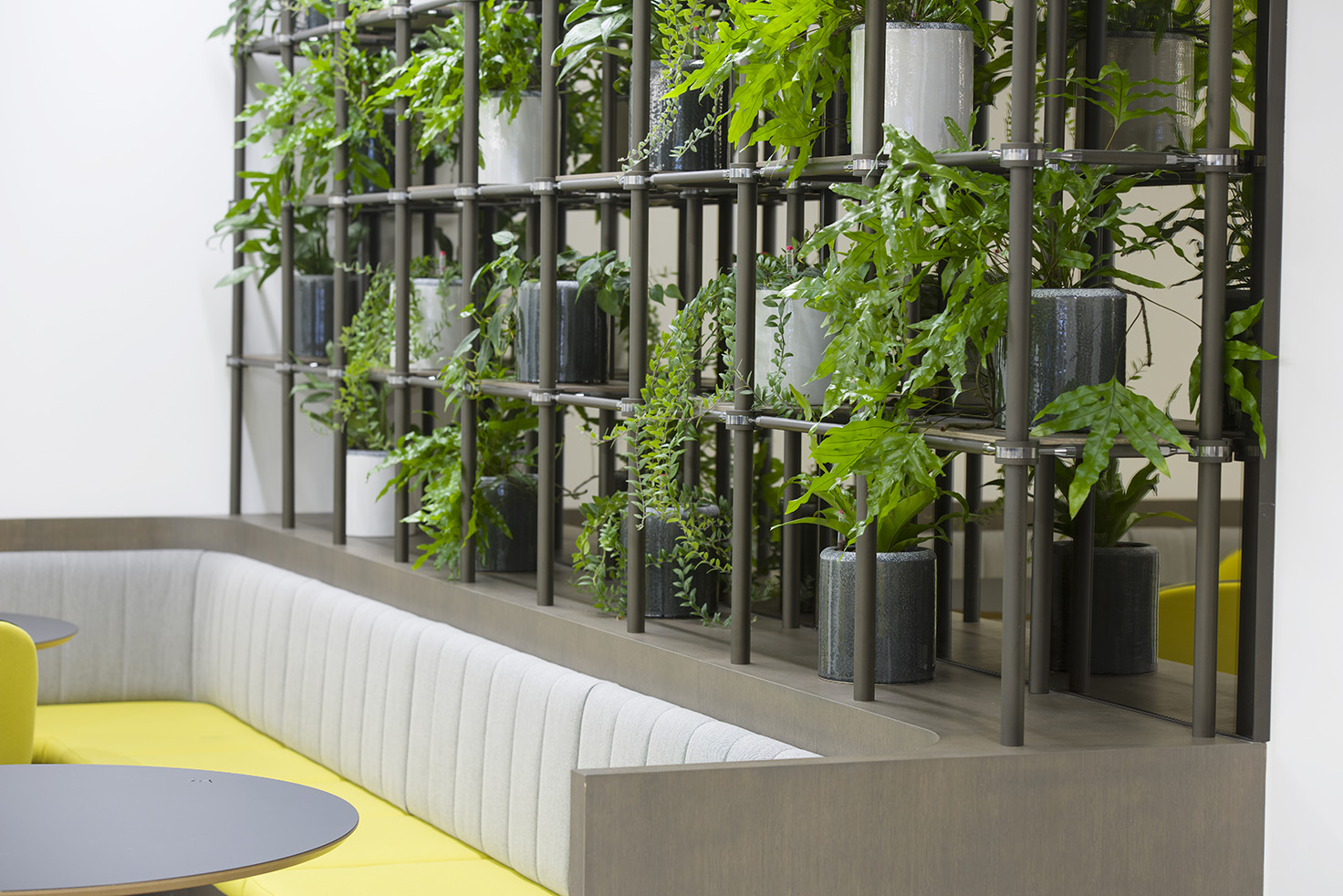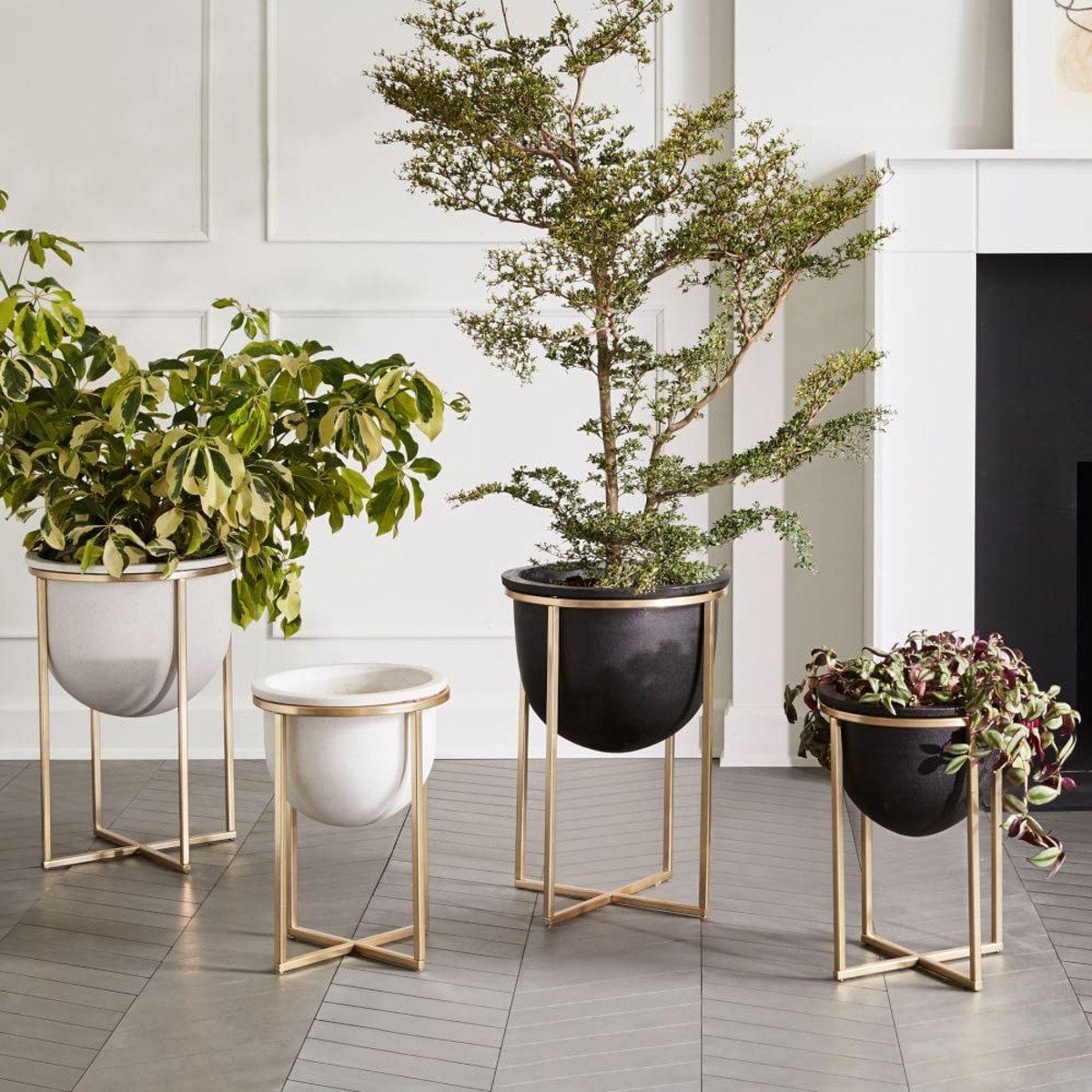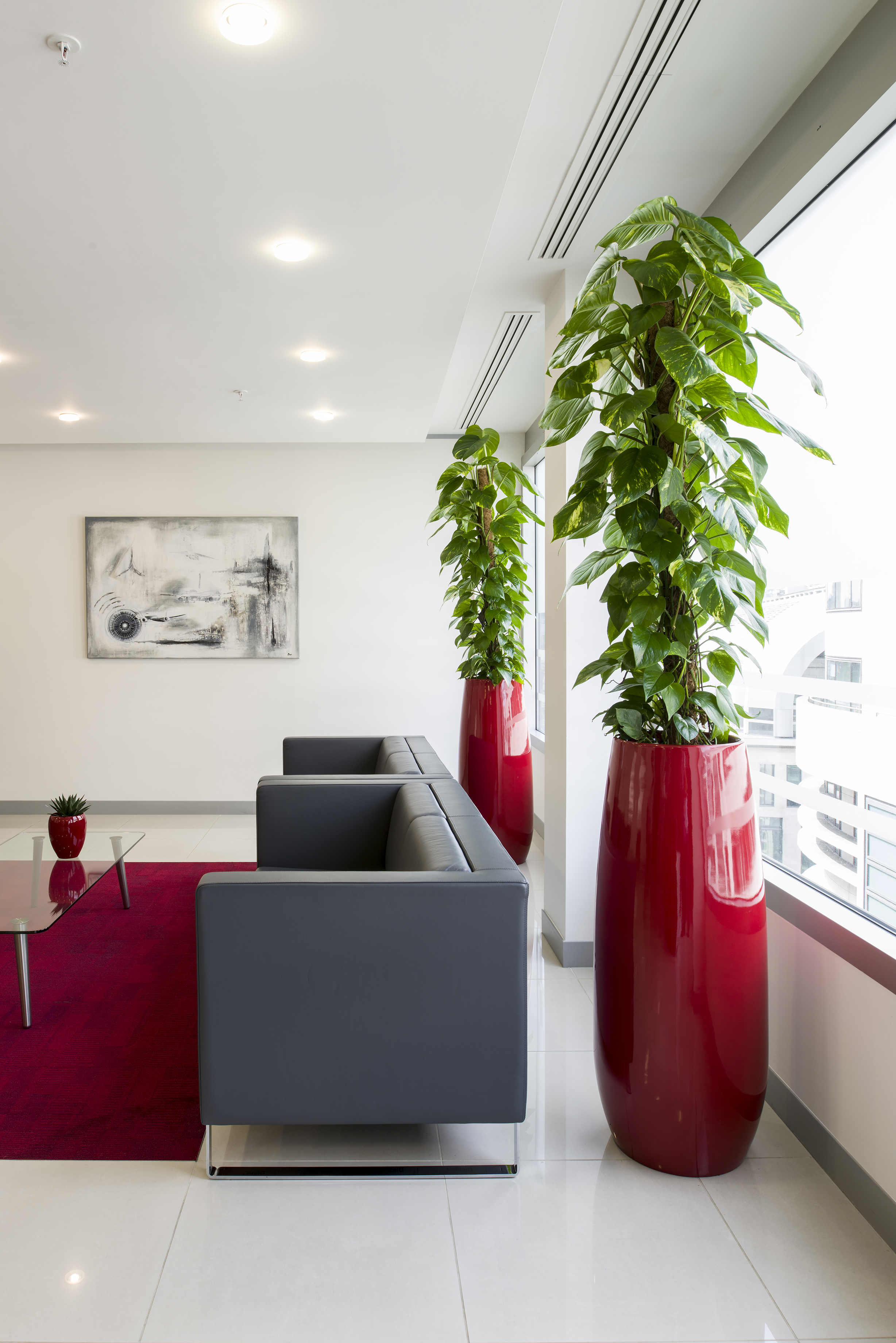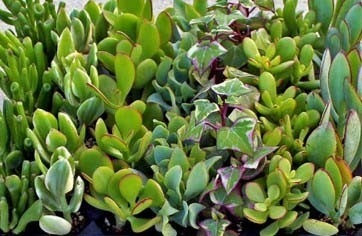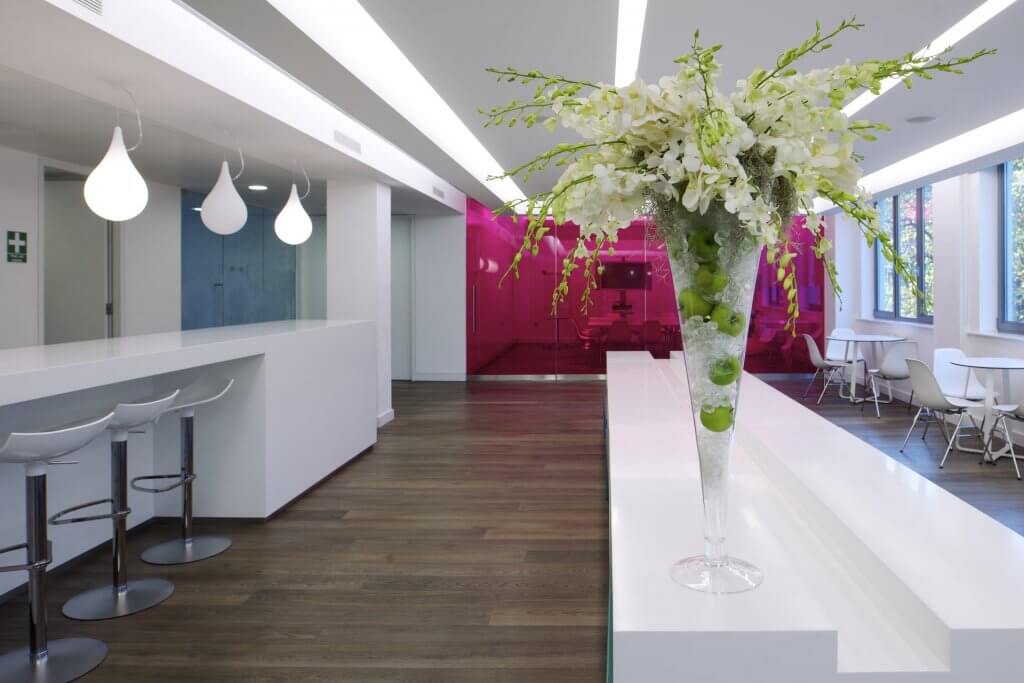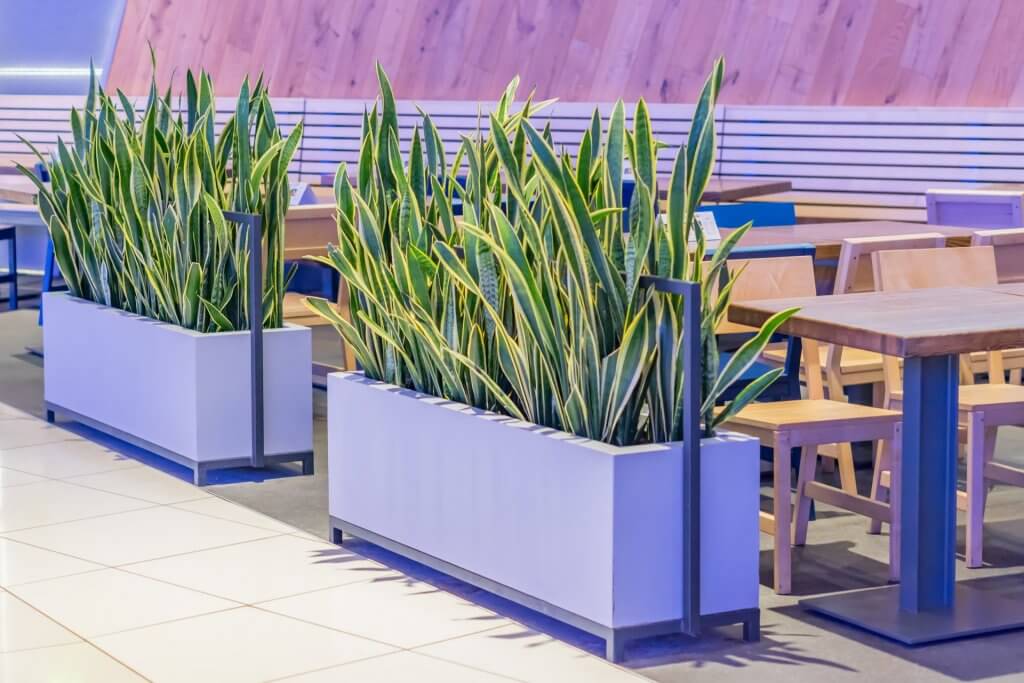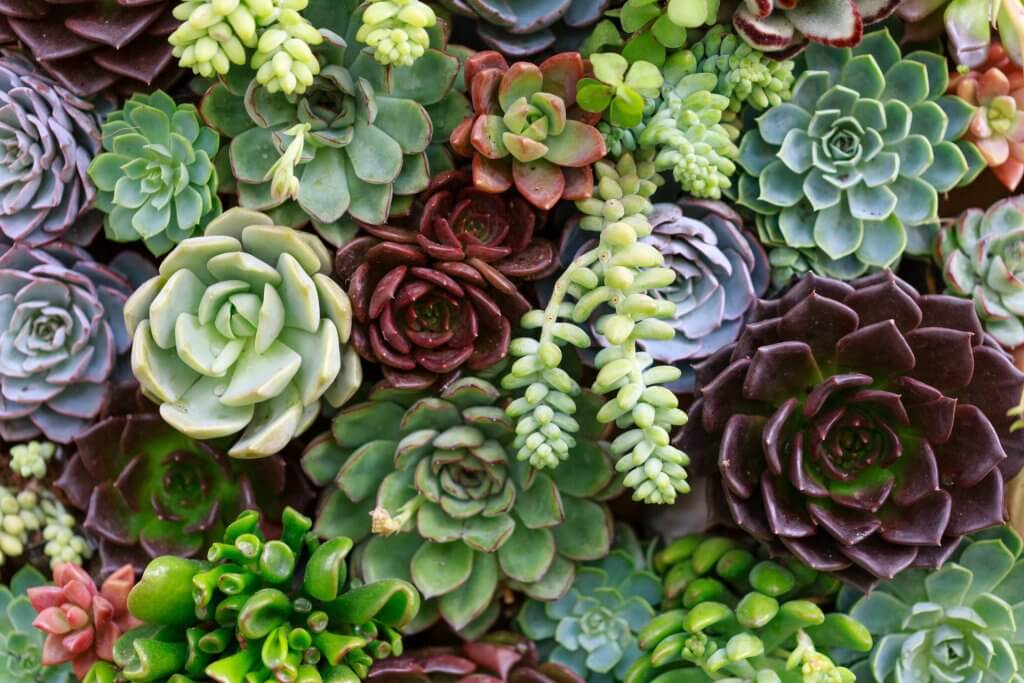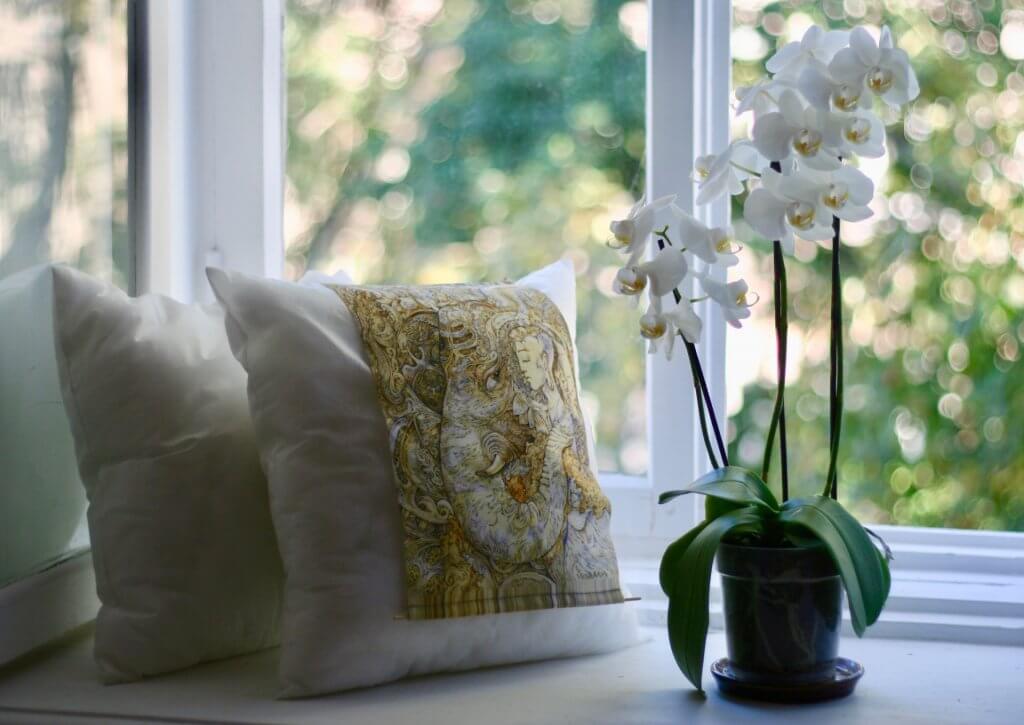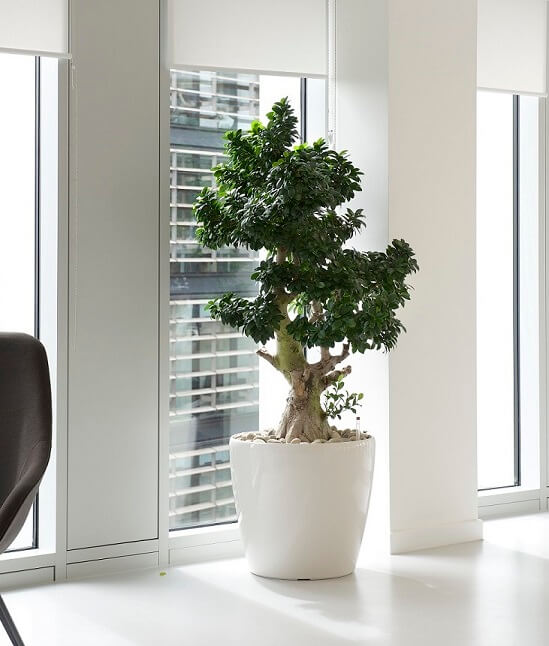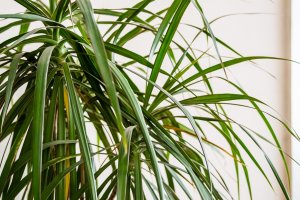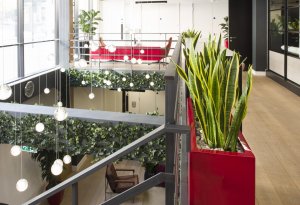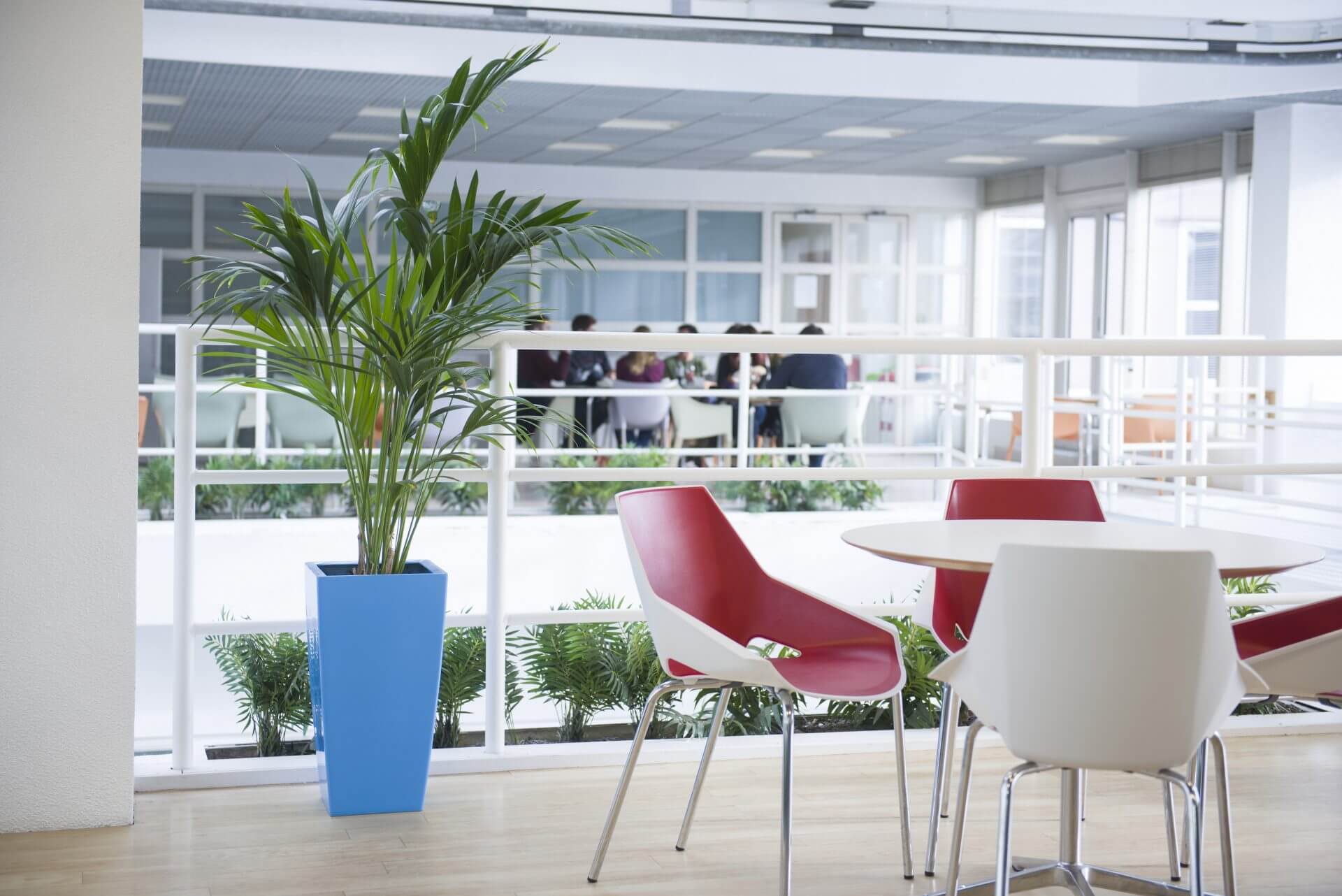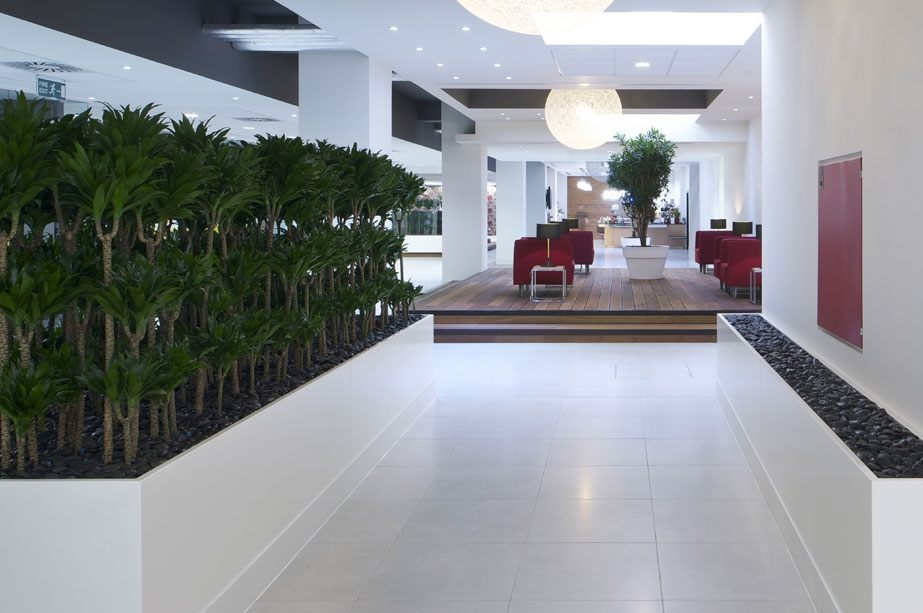
Indoor Air Quality (IAQ) is defined as the degree to which the air in a particular place is pollution-free. Most of us think of pollution as something that occurs outdoors and beyond our control, but it is arguably even more important to be aware of pollution that could be occurring indoors. This is especially significant given the fact that many of us spend the majority of our time inside at work or home.
According to DEFRA, air pollution can cause both short and long term effects on our health. This mainly affects the respiratory and inflammatory systems, but can also lead to more serious conditions such as heart disease and cancer. People with lung or heart conditions may be more susceptible to the effects of workplace air pollution. Pollution affects our wellbeing on many levels – physically, mentally and emotionally.
Poor air quality is related to Sick Building Syndrome, decreased productivity and other symptoms such as poor concentration and fatigue. According to the NHS, Sick Building Syndrome is defined as:
‘A range of symptoms thought to be linked to spending time in a certain building, most often a workplace, but no specific cause can be found’.
Some common causes of poor air quality are inadequate ventilation, airborne particles (also known as particulate matter, or PM) such as dust or fungal spores, exposure to computers and wireless devices, poor lighting and even ozone produced by photocopiers and printers.
How To Improve Indoor Air Quality In The Office
With evidence building that this problem is increasing in cities globally, and the far-reaching implications for health and wellbeing, it is more important than ever to take action. This is the very reason facilities management companies, hospitality specialists & cleaning companies, along with general businesses are looking for effective solutions to this issue. After all, a business is only as strong as the people within it and this is one of the easiest ways to ensure improved health and wellbeing for everyone involved. An investment in air quality is an investment in your company.
5 Ways to Improve Indoor Air Quality:
Circulate fresh air through the office.
By regularly opening doors & windows for proper ventilation. This sounds pretty simple. And it is. Many indoor spaces have heating or air conditioning that circulates stale air. Simply opening doors or windows for 30 minutes a day can have a positive impact. However, be aware that if your office is on a busy road or if windows do not open. It is important to utilise other options, such as having a variety of plants to help naturally filter the air.
Add indoor plants to filter the air and remove toxins.
According to research conducted by NASA, it is recommended that at least one plant per 100 square feet is all it takes for efficient air-cleaning. Companies such as Planteria offer a free quote and services to install and maintain plants and flowers for businesses, chosen specifically to improve air quality whilst also providing other benefits (see ‘5 Benefits of Indoor Planting’). You can also learn “How to Grow Fresh Air” by using an arrangement of common air purifying plants for office desks, as explained by Kamal Meattle in his TED Talks video.
Avoid synthetic fragrances, air fresheners, scented candles & scented cleaning supplies.
Many of today’s artificial fragrances contain powerful chemicals known as VOCs (Volatile Organic Compounds) which can be toxic to skin and lungs. VOCs are dangerous to human health and cause harm to the environment, especially indoors where the concentration is high and ventilation usually low. If you really want to have welcoming fresh scents indoors consider natural alternatives such as fresh flowers. Companies such as JungleWorld and Planteria specialise in providing fresh flower deliveries suited to the specific needs and budget of businesses. Another option is choosing an air diffuser with natural scents from pure essential oils.
Ensure your environment is thoroughly cleaned by professionals
Particularly carpets, surfaces, and furniture. Use a specialist cleaning company that uses eco-friendly cleaning products. Encourage staff to keep workspaces tidy and de-clutter regularly to minimise dust, mould and other airborne particles. Where possible choose floor surfaces that are non-absorbing and easy to clean. Carpets can be unsanitary and trap particles, mould and other contaminants. If you need to tidy your workspace yourself, dust with a damp cloth to remove particulate matter (PM) rather than just spreading it around.
Control Moisture & Humidity
Dampness creates a breeding ground for dust mites, mould, mildew and other irritants. Air conditioners, de-humidifiers and air filters can help keep your workplace at a healthy humidity level, which is between 30-50% humidity. Ensure drip pans, vents, filters and air ducts are regularly emptied and cleaned to proactively improve air quality. Note that although air conditioning can help control moisture and humidity, it can also over-do this job by causing the air to be too dry. If not correctly monitored, air conditioning and heating can cause several issues indoors causing dry skin and dry eyes, among other things.
Here is another area plants can help by increasing the humidity to counteract the perils of air conditioning and heating. Houseplants increase humidity in the air through a process known as transpiration. Plants absorb water through their roots, then circulate the moisture through stems and leaves with a vascular system that’s comparable to human veins and capillaries. Water reaches the leaves, evaporates into the air and increases indoor humidity. A study by NASA also showed that certain high-transpiration plants could remove up to 87 percent of indoor air pollutants within 24 hours.
Office Air Quality
If you’d like to regularly measure the quality of the air in your environment you can do so using a special tool called a VOC sensor, which measures volatile organic compounds. Volatile organic compounds (VOCs) are emitted as gases from certain solids or liquids. VOCs include a variety of different chemicals, some of which may have adverse health effects. Concentrations of many VOCs are consistently higher indoors (up to ten times higher) than outdoors. VOCs are emitted by a wide array of products numbering in the thousands (EPA definition).
There are several companies out there that can measure IAQ on your behalf or you can also purchase your own VOC sensor if required. If you have a third party managing this on your behalf, be sure you understand where the sensor has come from and how to read the data captured.
Once you know the state of your building, get in touch with a business dedicated to improving office atmosphere. At Planteria, we can provide you with plenty of hints, tips and free quotes.

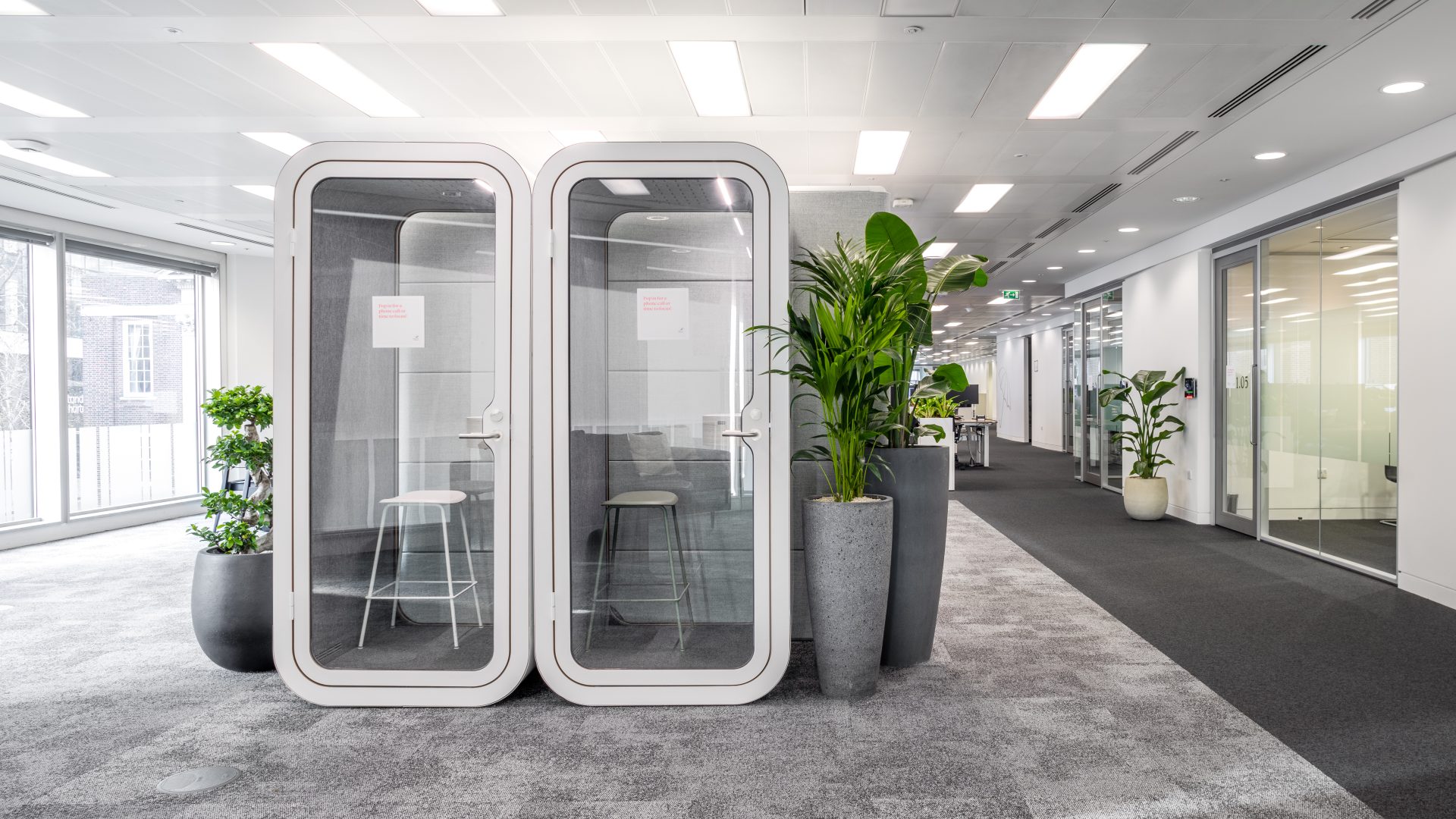
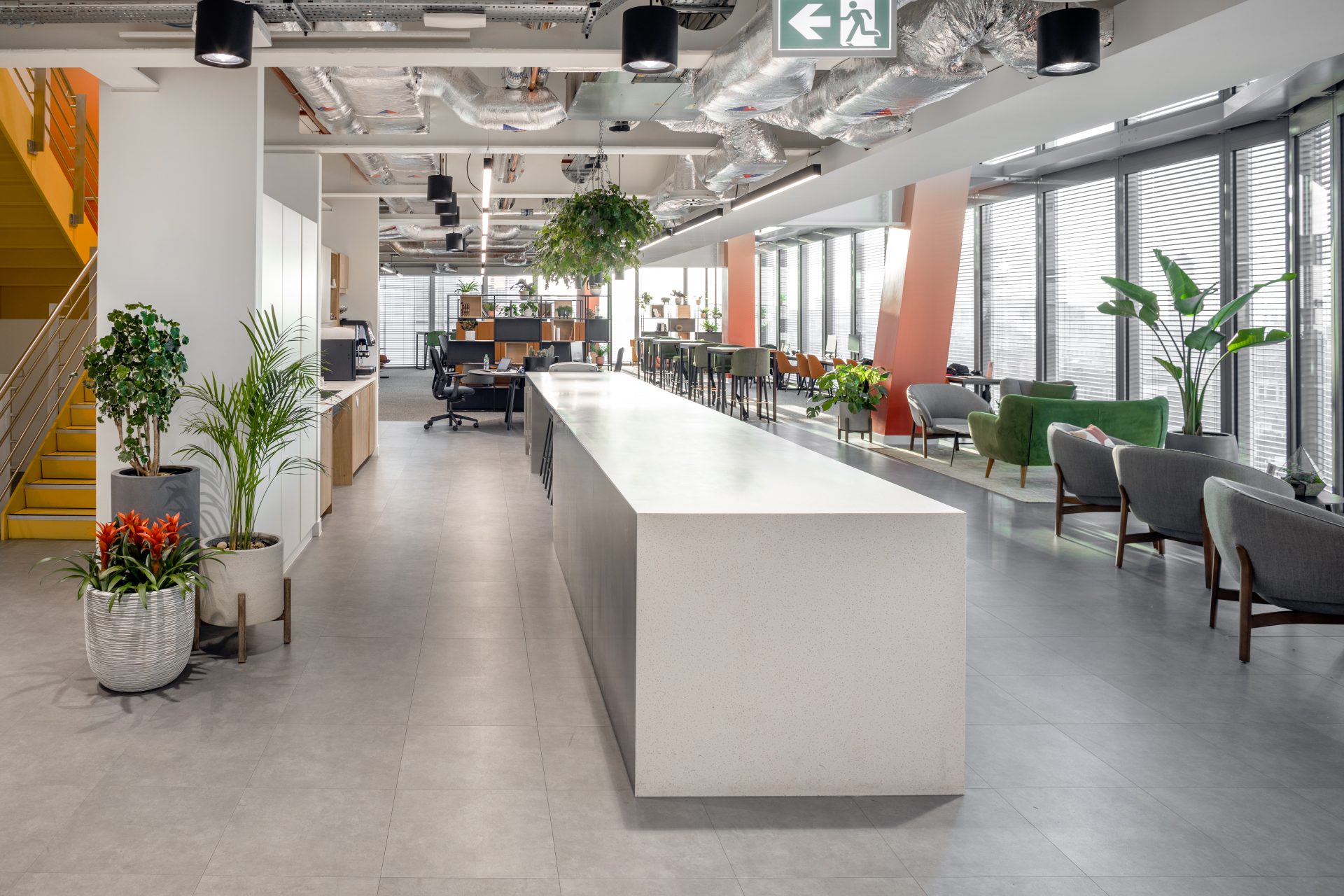
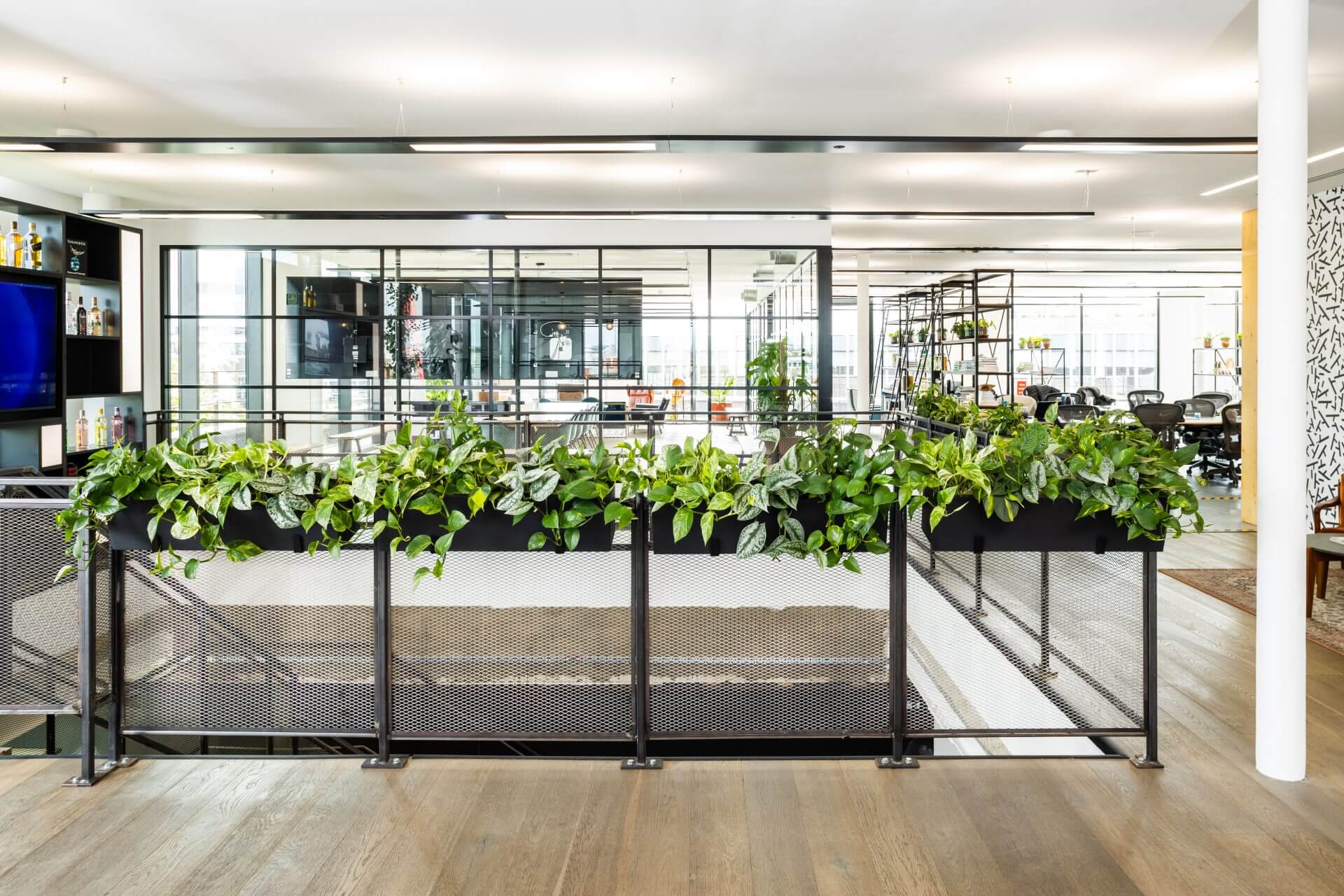
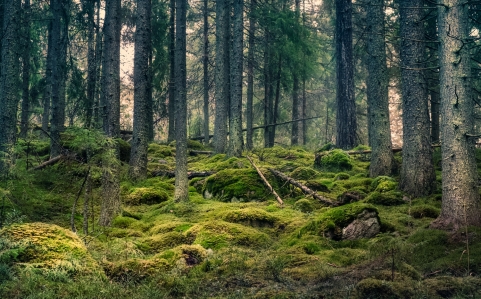
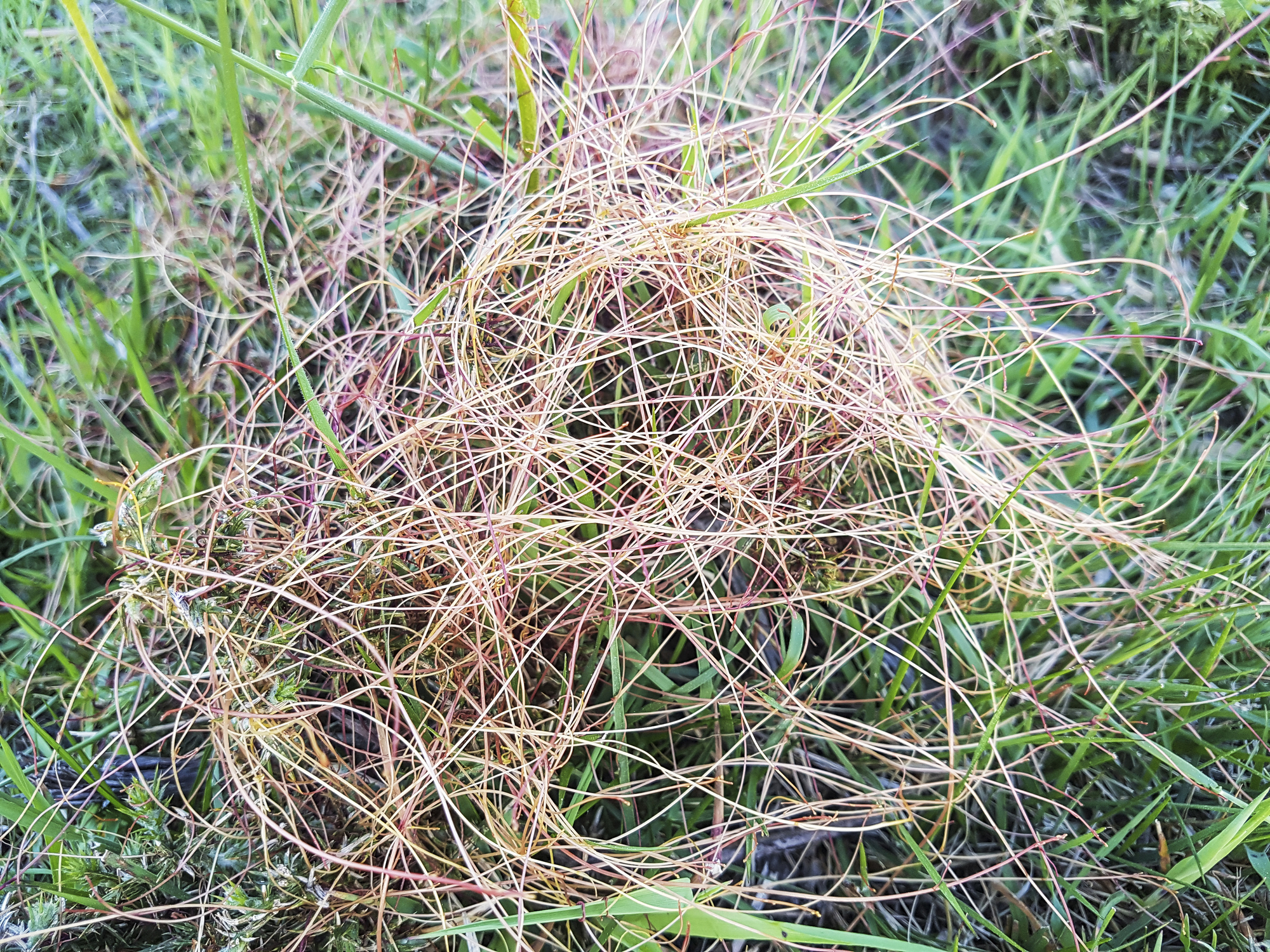
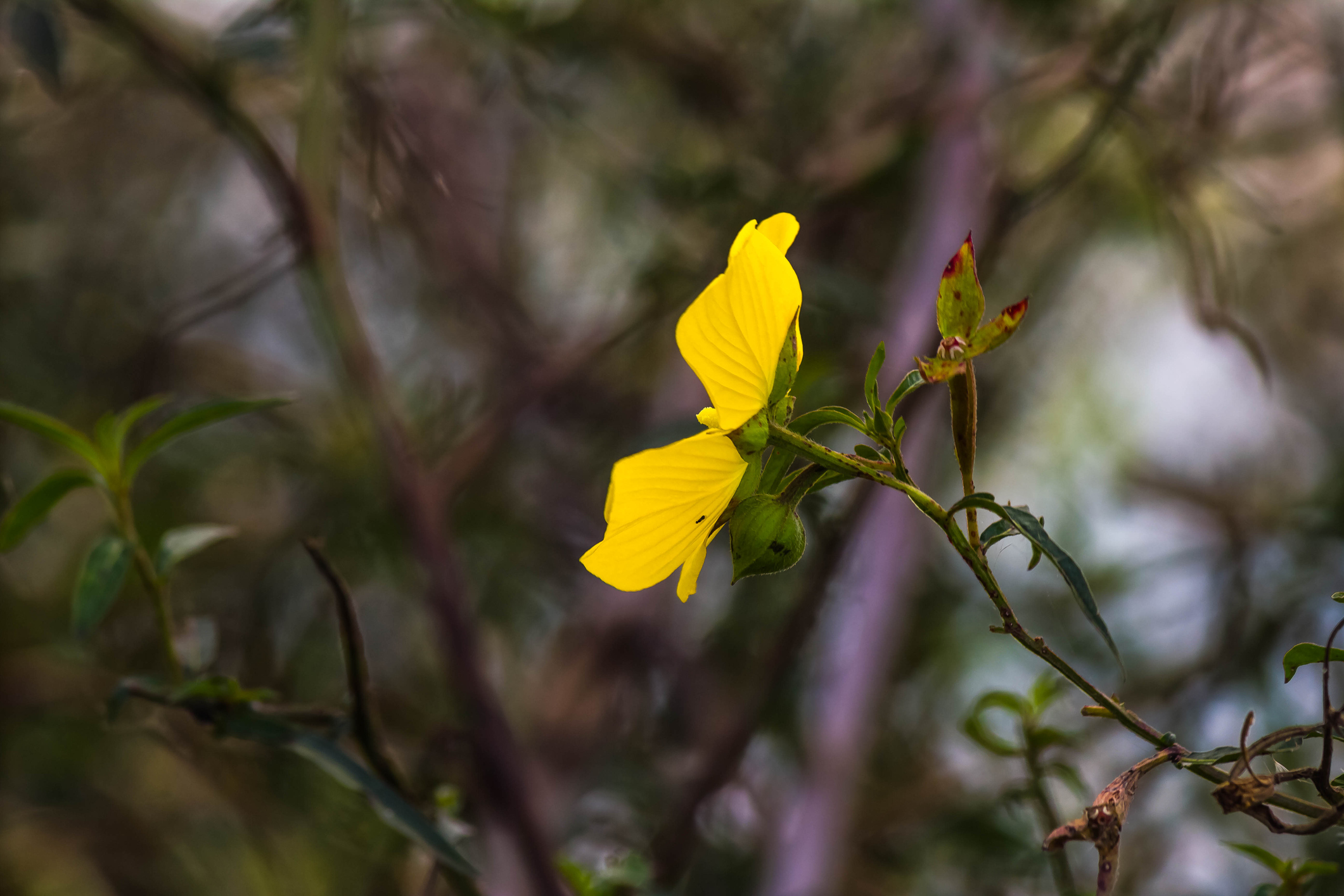
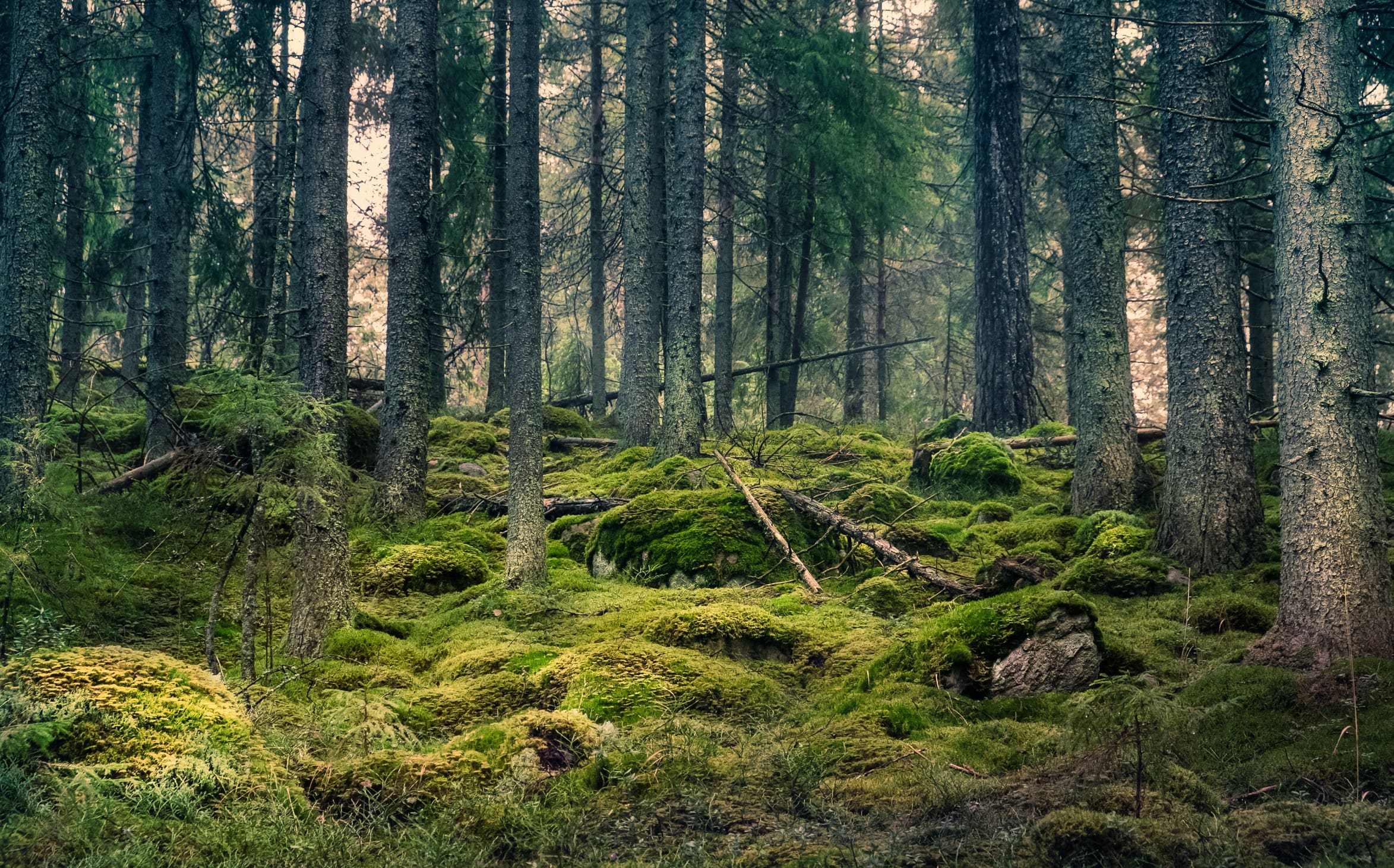
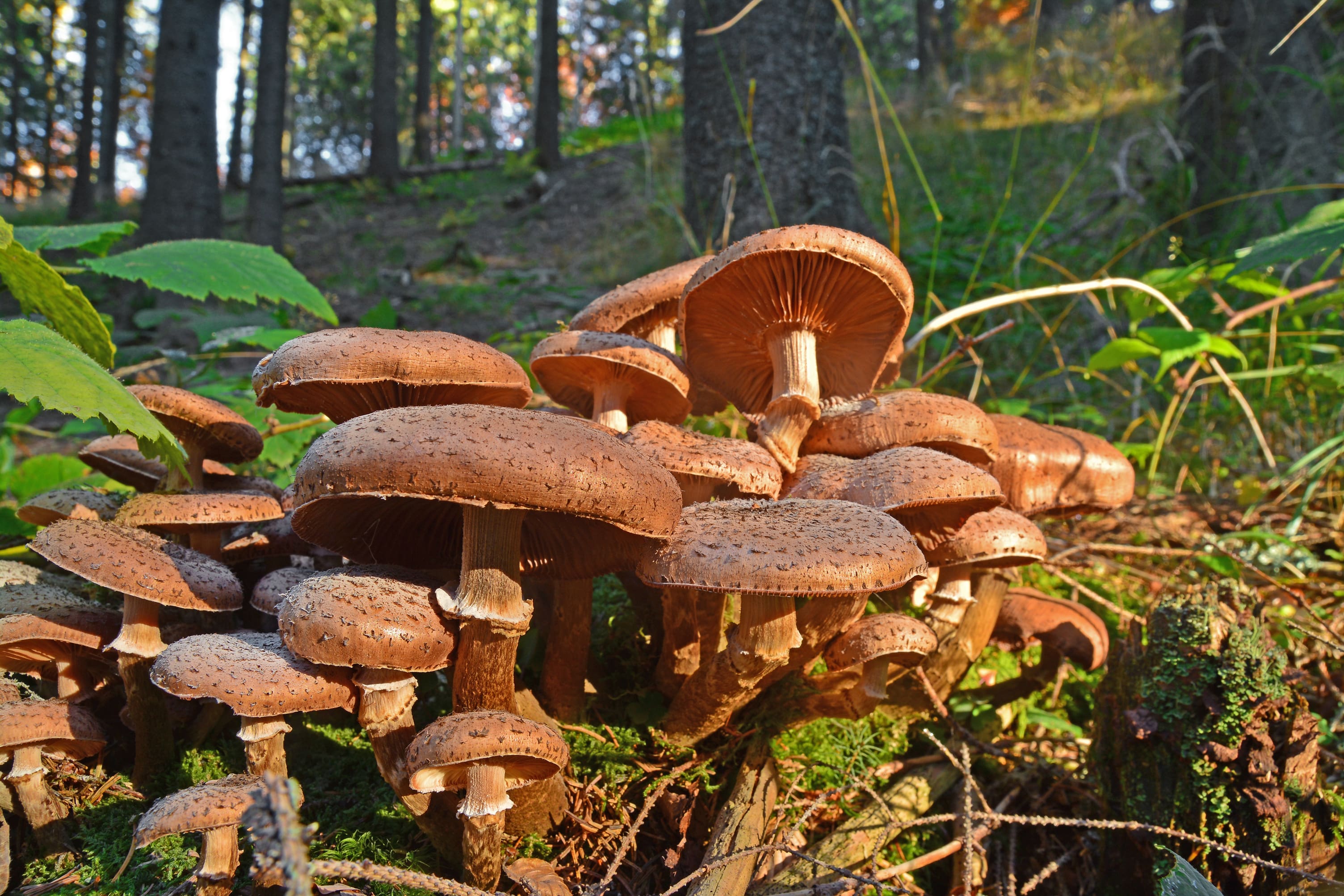
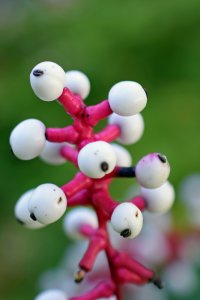
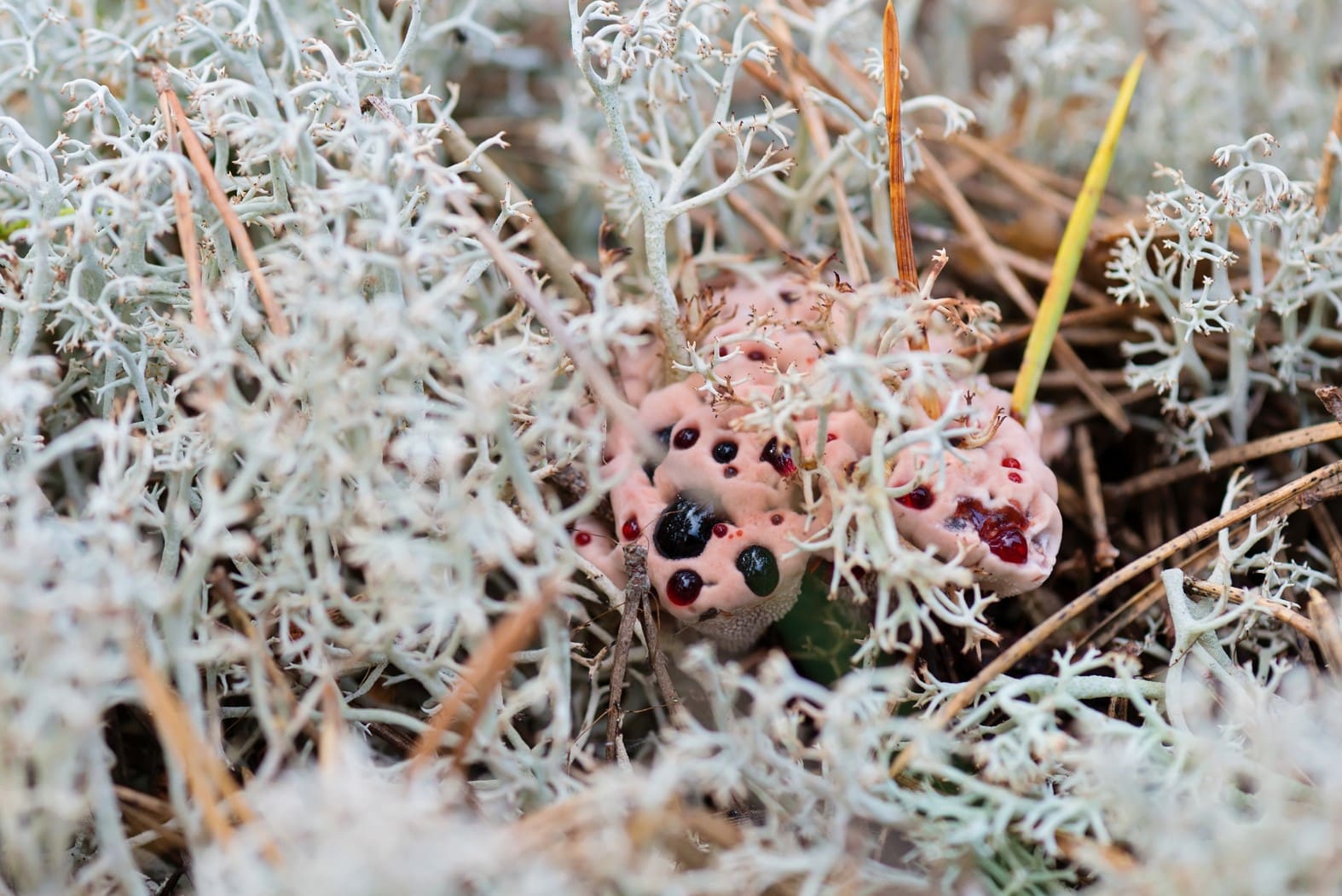
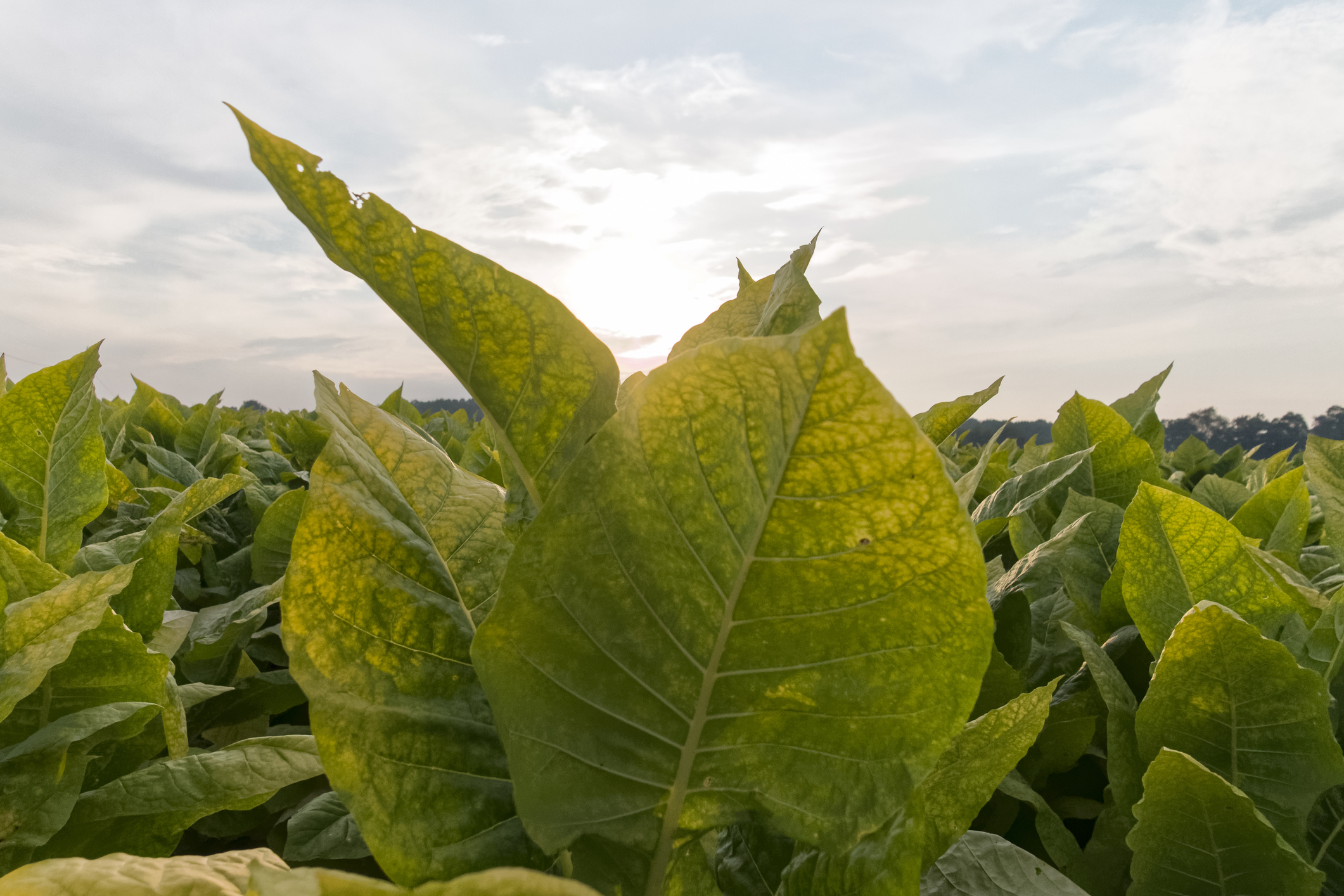
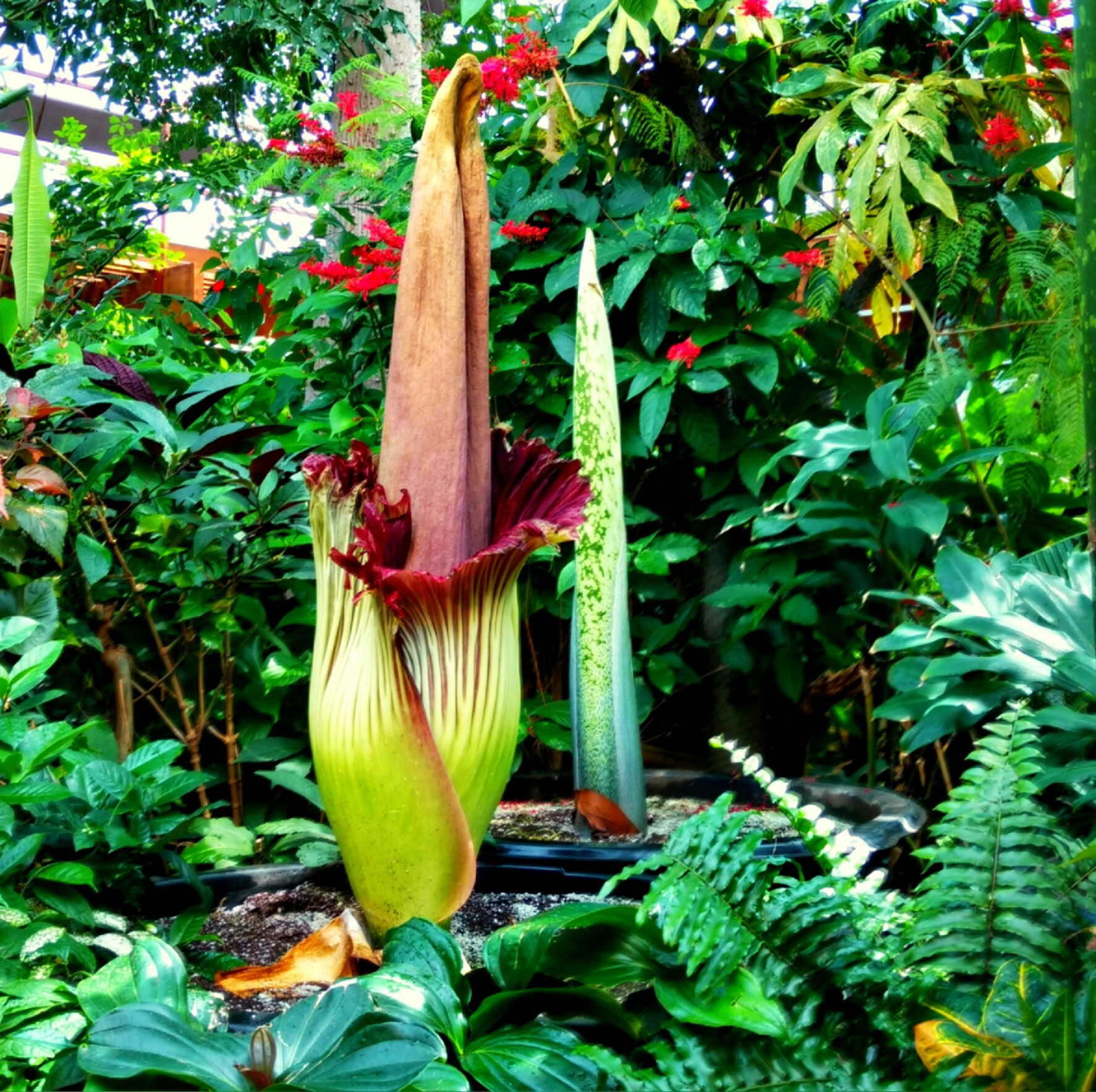
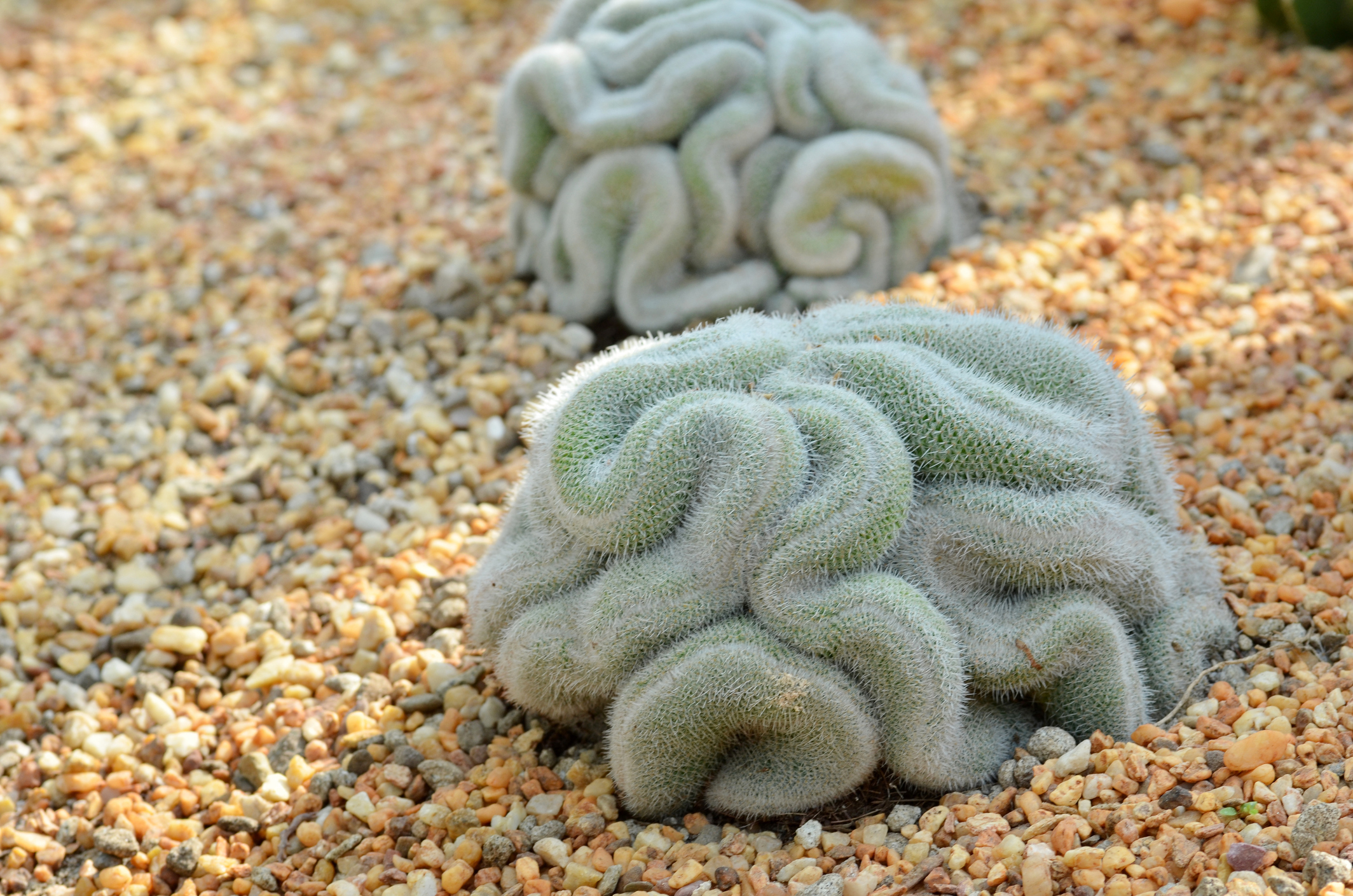
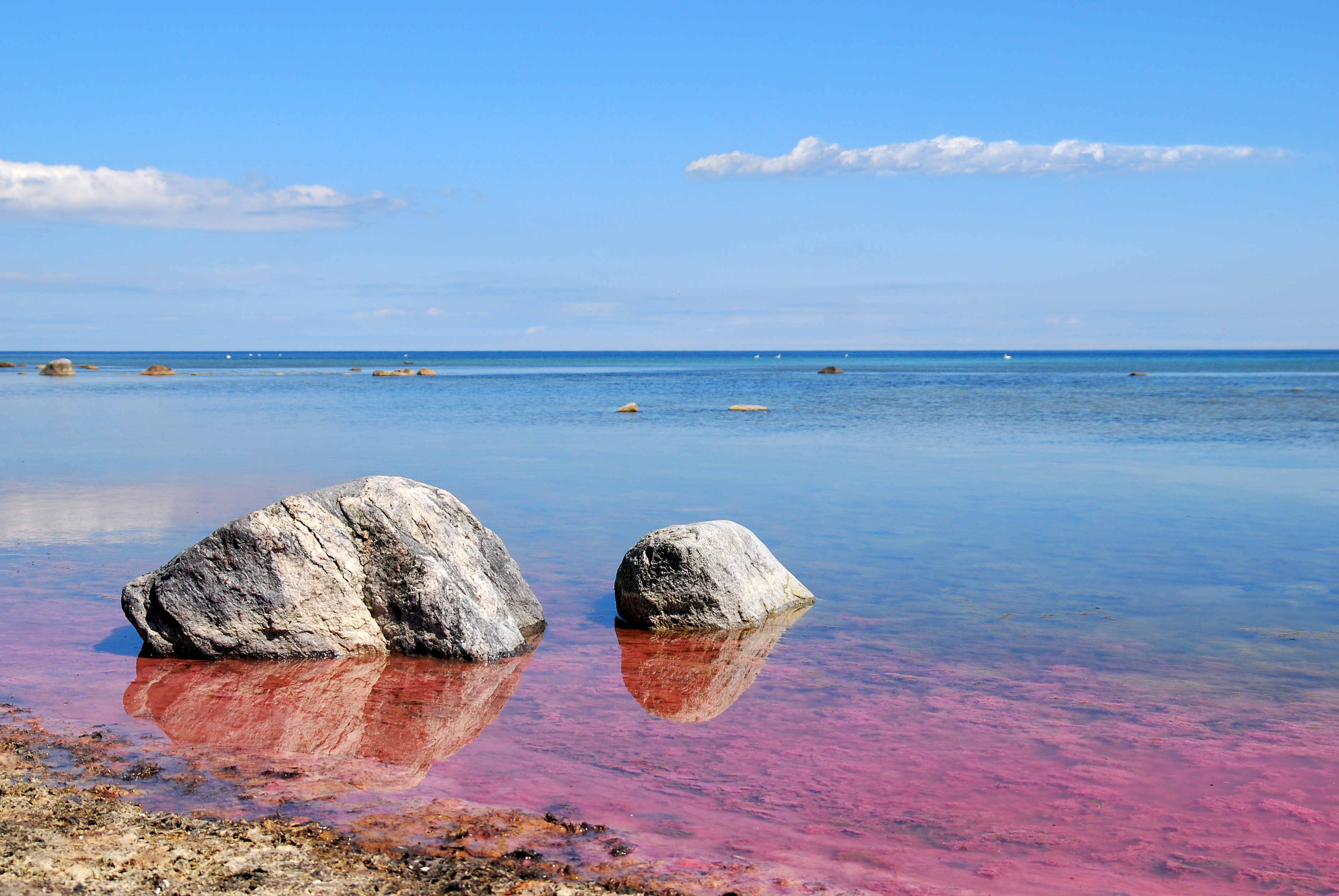
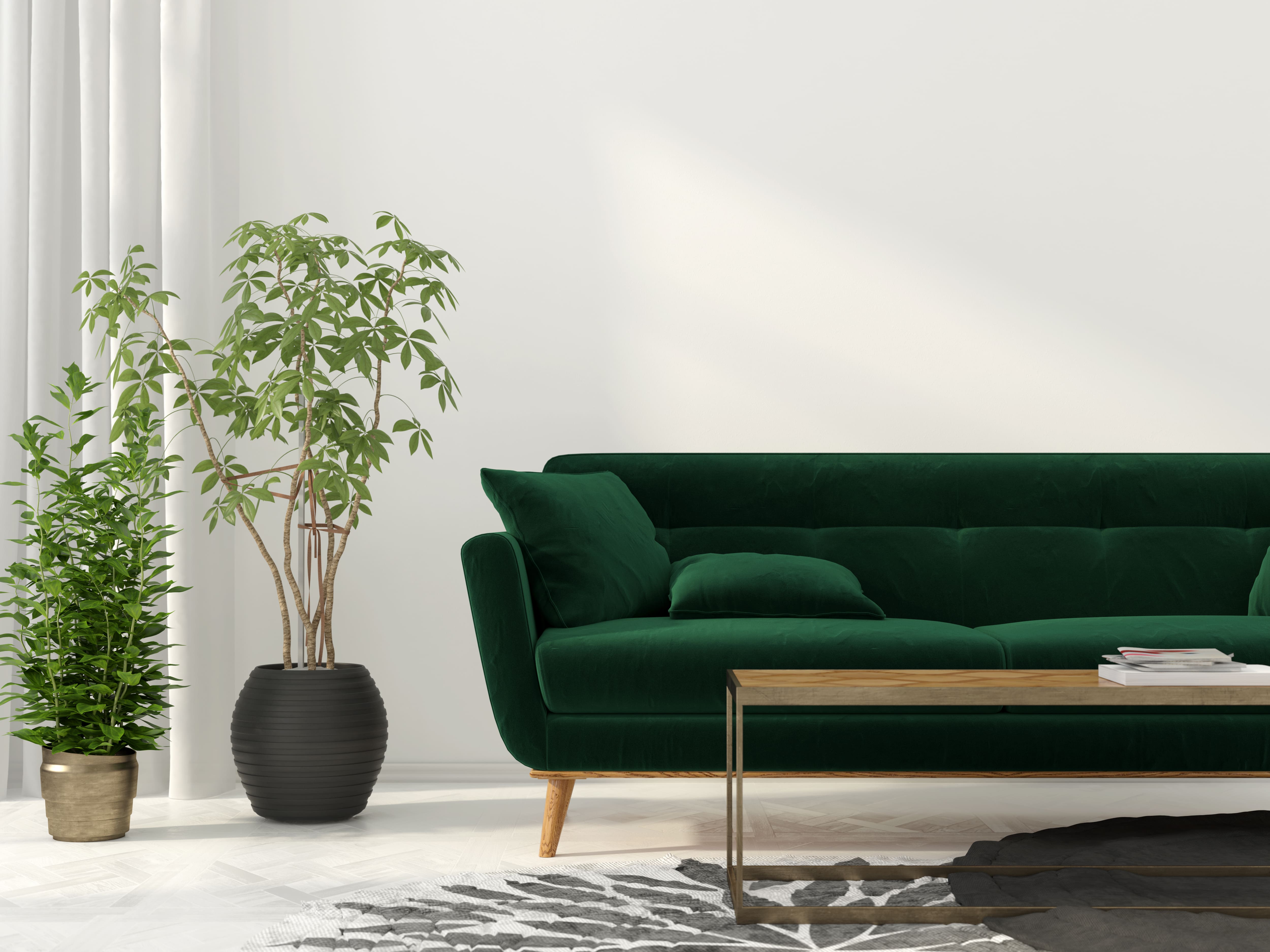
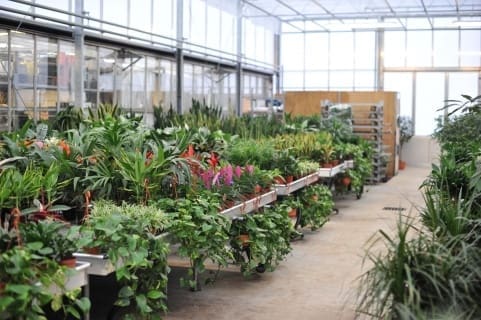

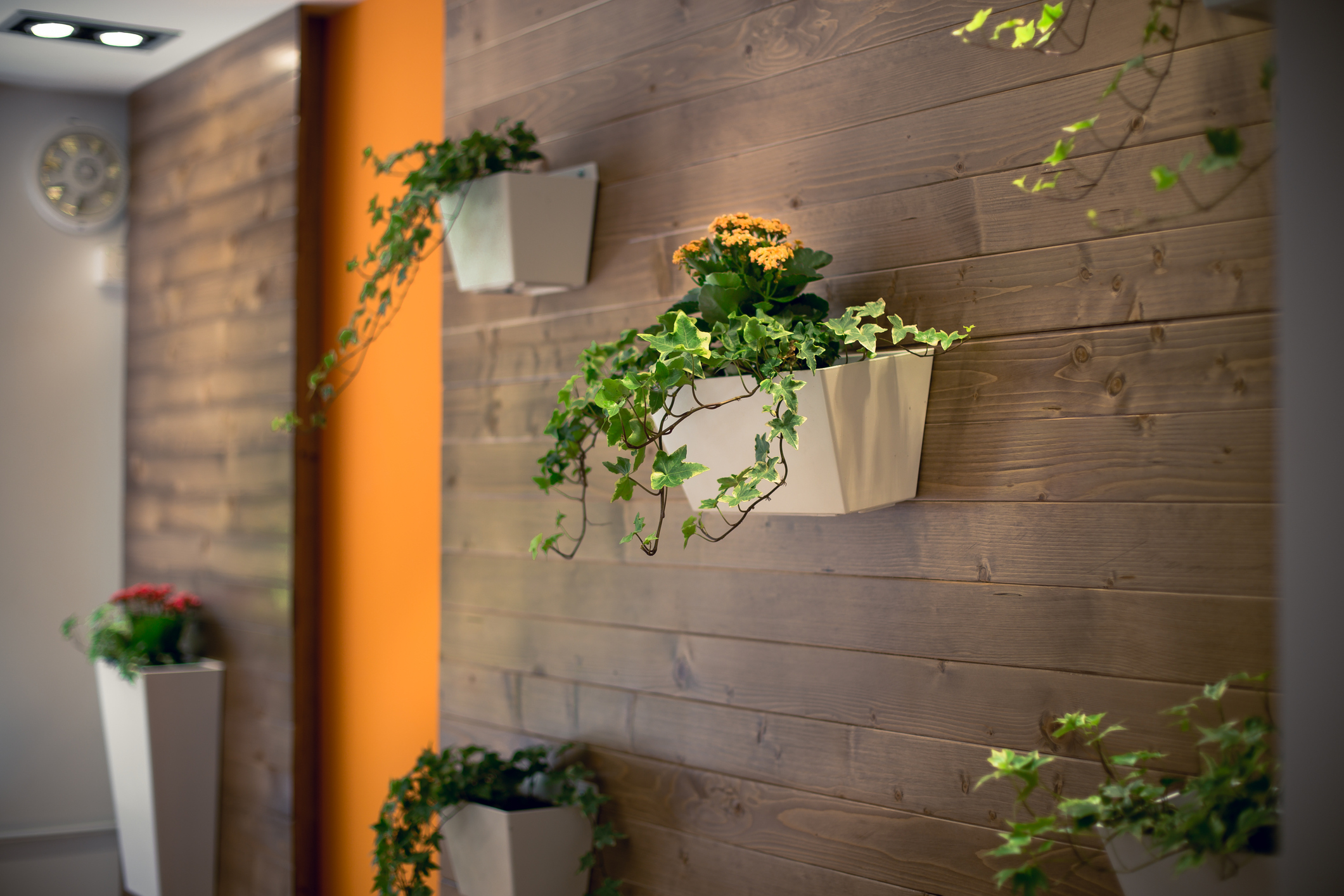
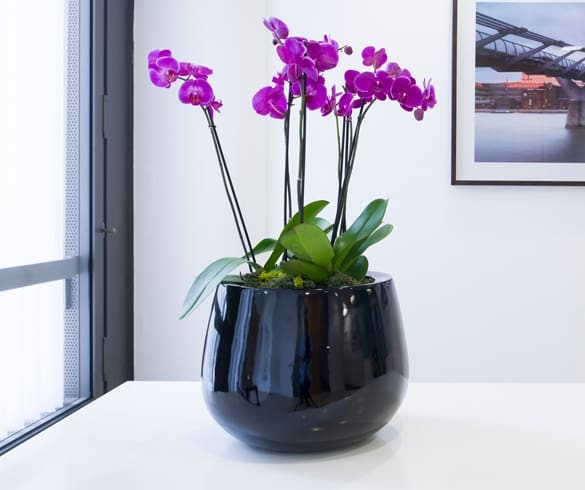



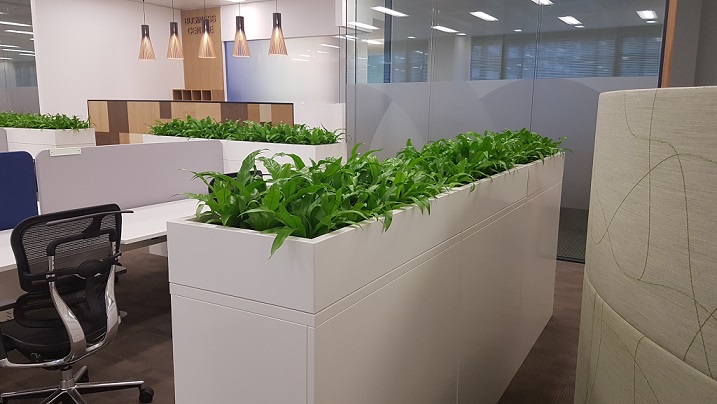
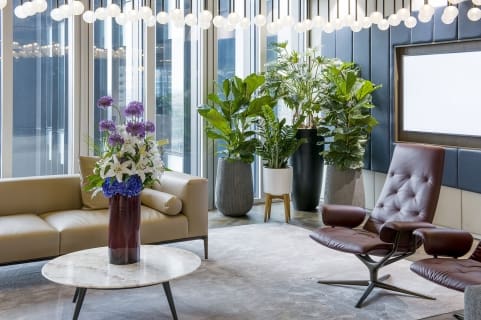
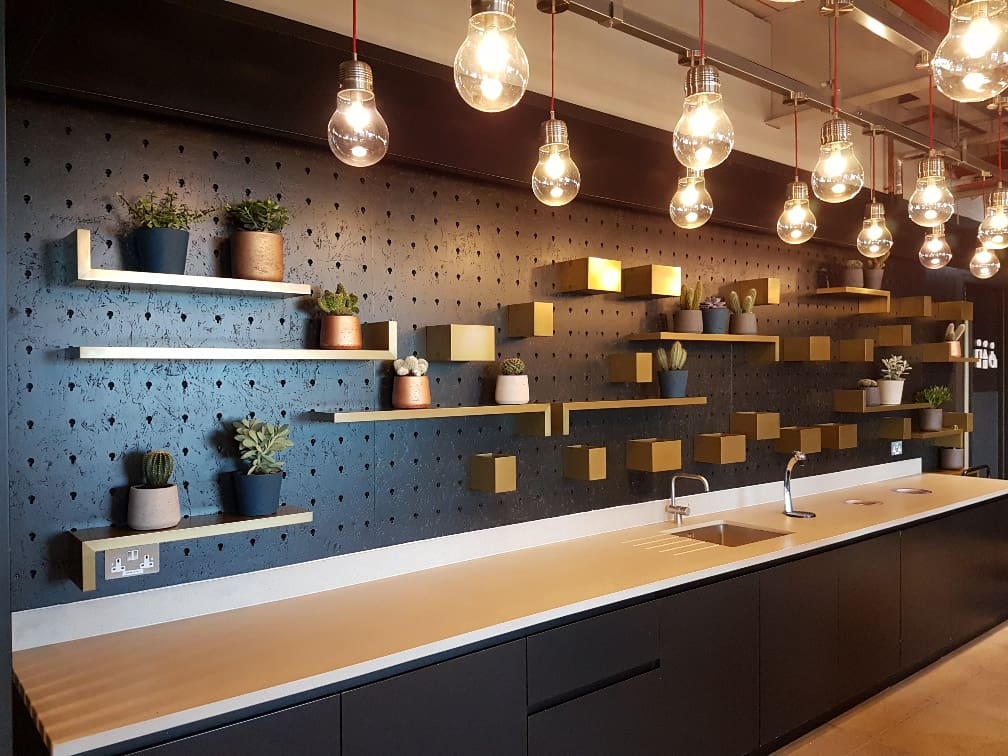 These plants work especially well on a smaller budget, and they show just how important quality products and design planning are when incorporating plants in your décor.
These plants work especially well on a smaller budget, and they show just how important quality products and design planning are when incorporating plants in your décor.